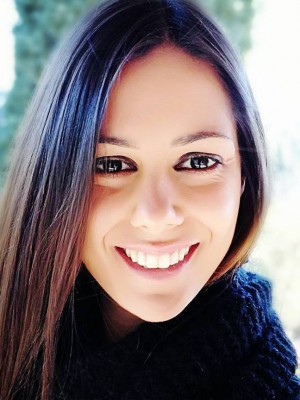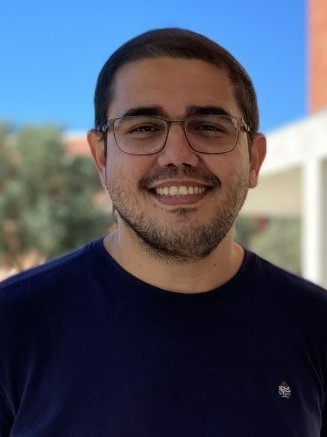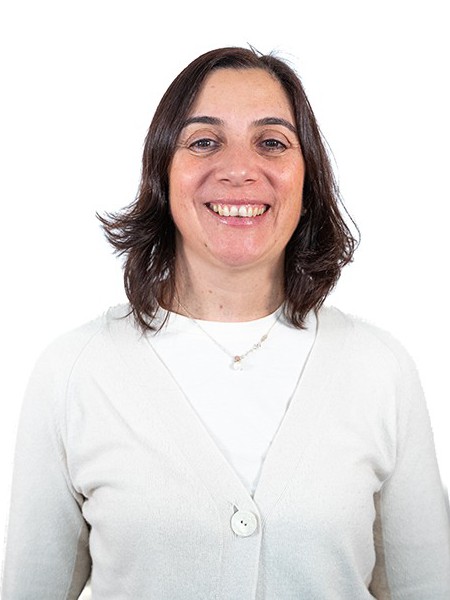abstract
The main goal of this work was to obtain dense Al2O3-Y3Al5O12 ceramic composites by reactive sintering of three-dimensional samples, built by direct ink writing from a paste containing a mixture of Al2O3 and Y2O3 powders. To obtain a ceramic ink with proper rheological properties for extrusion-based printing, highly pure Al2O3 and Y2O3 powders in a percentage-weight ratio of 64:36 was mixed with 0.2 wt% MgO in a total solid loading of 42 vol% in aqueous media, adding carboxymethyl cellulose and polyethyleneimine solution as additives. The dried printed samples were sintered at final temperatures in the range of 1550 degrees C and 1650 degrees C; thus, relative densities of 83.7 +/- 0.8%, 95.4 +/- 0.4%, and 96.5 +/- 0.5% were obtained for 1550 degrees C, 1600 degrees C, and 1650 degrees C, respectively. Rietveld refinement performed on the X-ray diffraction patterns indicated the presence of Al2O3 (42 to 47%) and Y3Al15O12 (58 to 61%) as crystalline phases, while micrographs showed the presence of equiaxial micrometric grains with average sizes of 1.8 +/- 0.6 mu m, for both phases and all sintering conditions. Samples sintered at 1600 degrees C and 1650 degrees C presented similar average Vickers hardness values of 14.2 +/- 0.27 GPa and 14.5 +/- 0.25 GPa, respectively. A slight increase in fracture toughness as sintering temperature increases was also stated, consistent with the densification.
keywords
MECHANICAL-PROPERTIES; ALUMINA CERAMICS; DOPED ALUMINA; TEMPERATURE; DENSIFICATION; DEFORMATION; FABRICATION; MAGNESIA; HARDNESS
subject category
Materials Science
authors
Baltazar, J; Alves, MFRP; dos Santos, C; Olhero, S
our authors
acknowledgements
This work was supported by the project TAMAZ3D-Development of a Decision Support Tool for Additive Manufacturing of Alumina-Zirconia 3-D structures (POCI-01-0145-FEDER-030493). This work was also supported by the projects of CICECO (UIDB/50011/2020 & UIDP/50011/2020) and TEMA (UID/EMS/00481/2020), all financed by national funds through the FCT/MEC and when appropriate co-financed by the European Regional Development Fund (ERDF) under the PT2020 Partnership Agreement. S. M. Olhero acknowledge Portuguese Foundation for Science and Technology (FCT) for CEECIND/03393/2017 contract. This research was funded by FCT-FundacAo para a Ciencia e Tecnologia, Portugal, grant number CEECIND/03393/2017; and FAPERJ-FundacAo Carlos Chagas de Ciencia e Tecnologia do estado do Rio de Janeiro, Brazil, grant number E-26-201.476/2014 and E26-202.997/2017.




